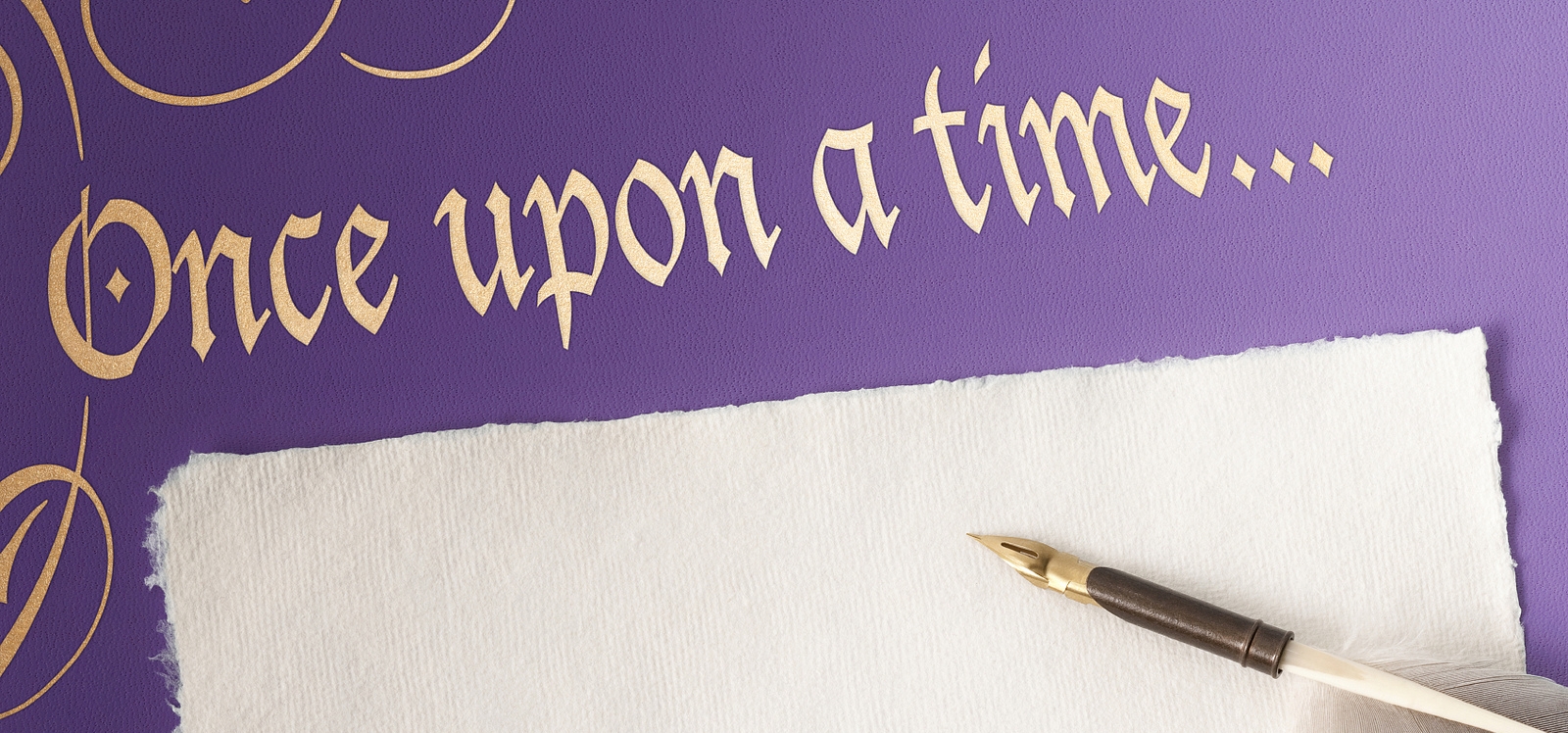It’s that wonderful time of the year again, when the John Lewis Christmas advert has people all around the country reaching for their hankies. Viewers tune in their thousands and they know what they’re going to get: a stripped-down cover of a classic pop number by some young up-and-comer, a cute animal and a gentle tug on the heartstrings that — depending on your tolerance for this sort of thing — stops just short of cloying sentimentality. Why do people love it so much? Because it’s a familiar, well-executed story.
Whether you’ve fallen for Monty the Penguin’s charms or not, there is something to be said for the John Lewis method. Good storytelling works and not just in retail. In the travel industry, it’s especially important.
Nobody books a holiday because they are simply told to do so. They have to be inspired, even persuaded, to travel. Providing them with information alone won’t galvanise potential travellers. You have a better chance of bringing audiences on board through narrative. Take the advert below. Travel agents Thomson introduces us to Miles, a raggedy and disenchanted one-eyed teddy bear, who finally finds a reason to smile during a holiday to Jamaica with his family. As luck would have it, his smile also bears a striking resemblance to the Thompson logo.
It’s a classic story: sweet, simple and relatable in so far as the bear’s humdrum existence probably isn’t too far removed from that of your average nine-to-fiver. They too could find a way to escape the tiring repetition of day-to-day life. How? With a holiday booked through Thompson.
Of course, the audience isn’t explicitly told this. They’re told a story and given just enough breathing room to come to this conclusion by themselves. It’s also memorable and shareable, both extremely important qualities for travel content. So what makes a good story in written travel content? There are a few factors to keep in mind.
Truth and honesty
The story can be fictional, but if the audiences don’t trust the storyteller or the story sits false with the brand, they aren’t going to want to hear it. Any story you do tell must be seen to be authentic and to come from a place that is truthful and genuine. It must adhere to the values of your travel brand or publication.
Development
Development is the most basic attribute of a story. Presenting the facts alone won’t cut it. There has to be a sequence of events to qualify as a story. One thing happens, then another, then another, and so on, so forth, until your reach your conclusion. If your story is fictional, it’s easy to get things happening, but if it’s a factual piece, you may have to mould it into the right shape.
This is something Chris Haslam does effortlessly in this story about a marooned baboon, which he penned for the BBC. It’s a classic desert island narrative about a baboon stranded on an island. Haslam uses this narrative to draw our attention to a secondary, more important story — that of the ageing Kariba Dam, whose impending destruction could spell disaster not just for this lone baboon but also for the wildlife and people of the Zambezi Valley. Instead of merely relaying the facts about this perilous dam, he draws us in with a compelling narrative arc.

Drama and suspense
Every good story needs conflict and resolution. There must be ups and downs, which is why a travel article comprised solely of effusive praise without caveat won’t have much impact. There has to be some sort of tension, some form of setback or suffering. There must be high and lows, even if they’re only mild. If you can get your reader to feel that they are involved, even if only for a moment, you have succeeded.
In this article about being pulled from his vehicle in the Sahara, Bill Donahue heightens the dramatic nature of the events by taking us along with him every step of the way. Each detail he reveals brings us a little further into the story, until we’re holding our breath along with him, waiting in anticipation for the outcome.
Make it relatable
Familiarity doesn’t breed contempt. Quite the opposite. A good travel story has something an audience can identify with. It might be a narrative trope that’s familiar to them, such an the underdog winning or a classic romantic arc. Or it might be that they can relate with the main character. So even if the reader is a somebody who has never left and will never leave their hometown, they should still be able to identify with a piece from a traveller trekking through the Kokoda Trail in Papua New Guinea. To allow them to make this connection, there must be something that reveals the writer as an ordinary and like-minded person. It’s part of the reason the “I-quit-the-daily-grind-and-embarked-on-a-full-time-adventure” narrative works so well. It’s also why humour and self-depreciation works in travel writing — it helps the reader trust the storyteller and to identify with the story.
In this piece on Voodoo and Haiti from National Geographic Traveller, the writer makes herself relatable by acknowledging her own misconceptions about Haiti; ones the audience and readership may well share. The ultimate goal of having relatable characters is that the reader might be able to place themselves in the story, or even momentarily imagine themselves in the main character’s position. The more people immerse themselves in the story, the more likely they are to behave in line with the message of the piece.
The moral, message or point
It’s not necessary to have a moral, but you probably need to have a message of some sort in your travel content. Just don’t jam it down your readers’ throats. There is a very fine line between storytelling and manipulation and your readers need to think they’ve come to the conclusion at least partly by themselves. Allow your audience to glean the point and make connections for themselves. This way, they’ll become more involved in your story. It will also make them feel a bit cleverer, which is always a good thing.
If you’re not thinking about storytelling in your travel content, you’re missing a trick. Sure, you could try wooing your audiences with practical information, statistics and science, but no one was ever moved by a PowerPoint presentation. It’s the story that remains long after the dry facts have faded from memory.
To see how we incorporate storytelling techniques into our written travel content, take a loot at our latest projects. If you have any more storytelling techniques or thoughts to share with us, let us know on Twitter.
—
Once upon a time CC image courtesy of UNE Photos via Flickr

Pingback: How to Write a Winning Opening Paragraph - World Words
Pingback: Storytelling Techniques in Travel Content - World Words